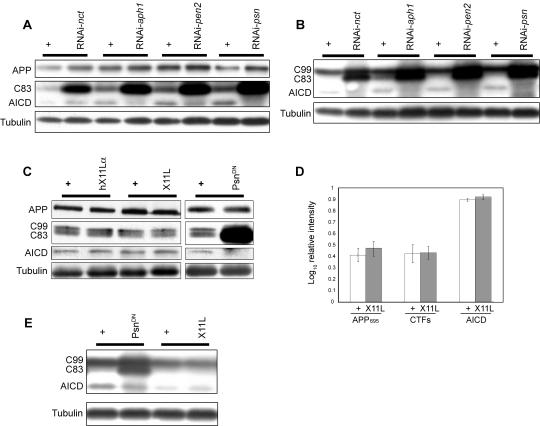Figure 3. X11L overexpression does not alter APP levels or processing.
(A–C, E) Western blotting of adult head lysates from various transgenic flies. (A) When APP-9Myc is expressed, the endogenous α- and γ- secretase mediated cleavages generate C83 and AICD, respectively. RNAi knockdown of any one of the four components of the γ-secretase complex results in reduction of AICD levels and an increase in the levels of C83, as compared with sibling controls. (B) When C99-9Myc is expressed, the endogenous γ-cleavage generates AICD. RNAi knockdown of any one of the four γ-secretase components results in a reduction in AICD levels and a simultaneous increase in levels of the CTFs. (C) Co-expression of human BACE and APP-9Myc generates C83, C99 and AICD. Overexpression of PsnDN results in a reduction of AICD and an increase in the levels of γ-secretase substrates (C83 and C99). In contrast, expression of neither X11L nor human X11α results in any alteration in the CTF levels. (D) Western blot quantifications of APP and its fragments suggest that there are no significant differences in the levels of either full length APP or its fragments as compared to control. Values are normalized to the corresponding tubulin loading controls. Data from X11 overexpression (dark bars) and control (white bars) are analyzed by paired t-test. (E) When C99-9Myc is expressed, expression of PsnDN results in a decrease in AICD levels and an increase in C83 levels, while overexpression of X11L fails to show any changes. Note that panels depicting CTFs are from the same Western blots exposed for different lengths of time than the corresponding APP panels. For each sample, sibling flies of the appropriate genotype raised under identical conditions were used as controls, and are shown immediately adjacent to the corresponding experimental sample (linked by a horizontal bar).

